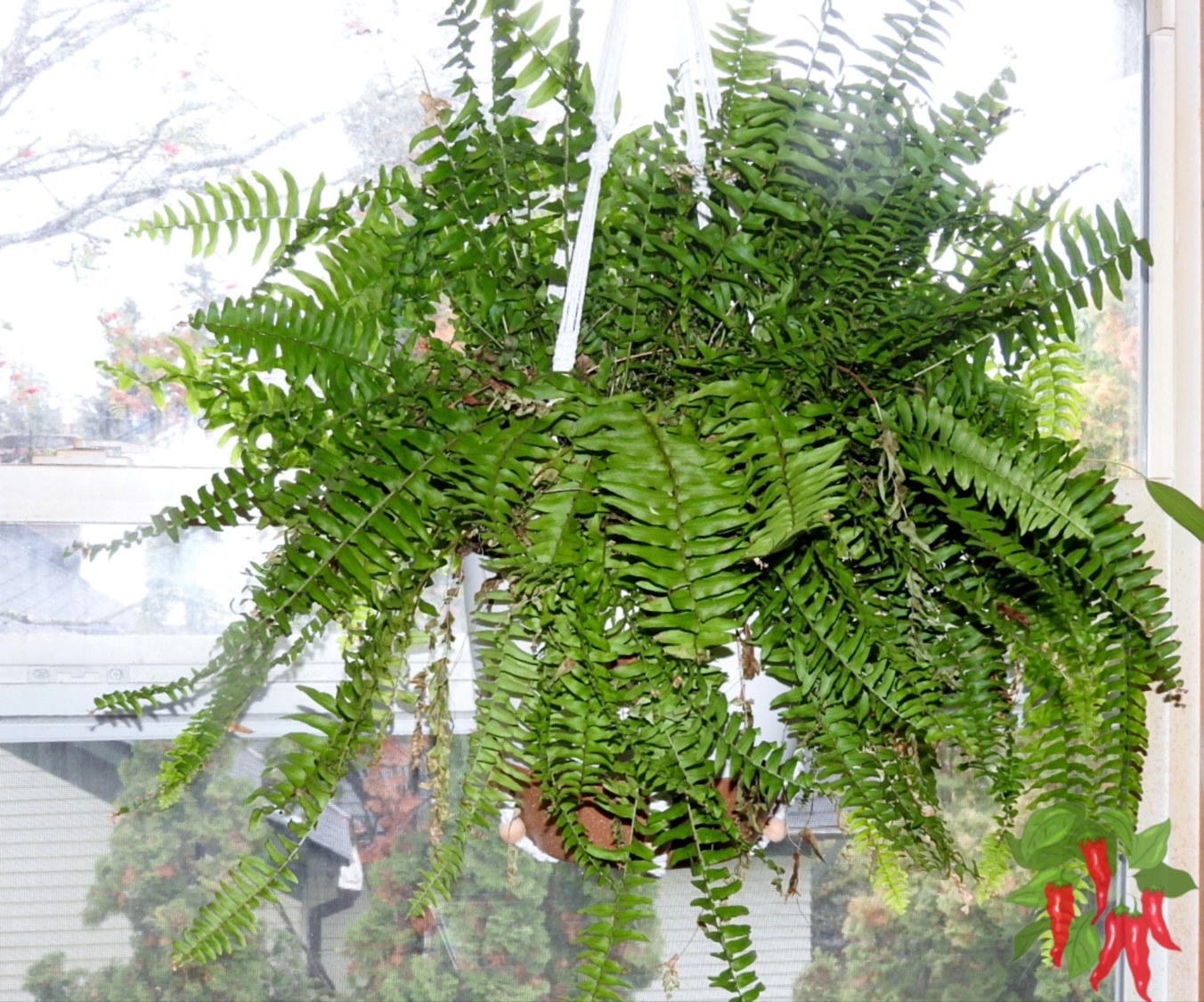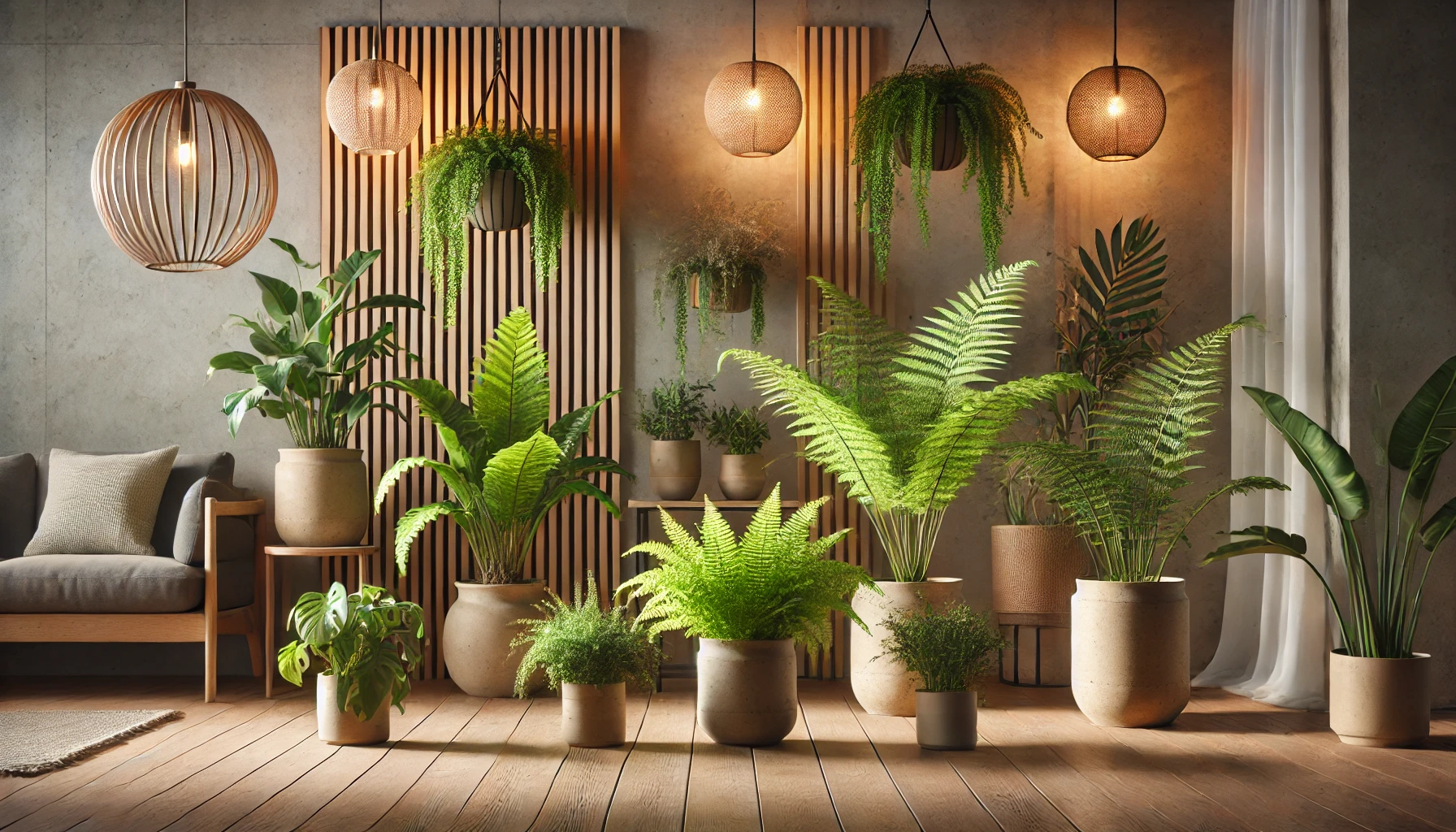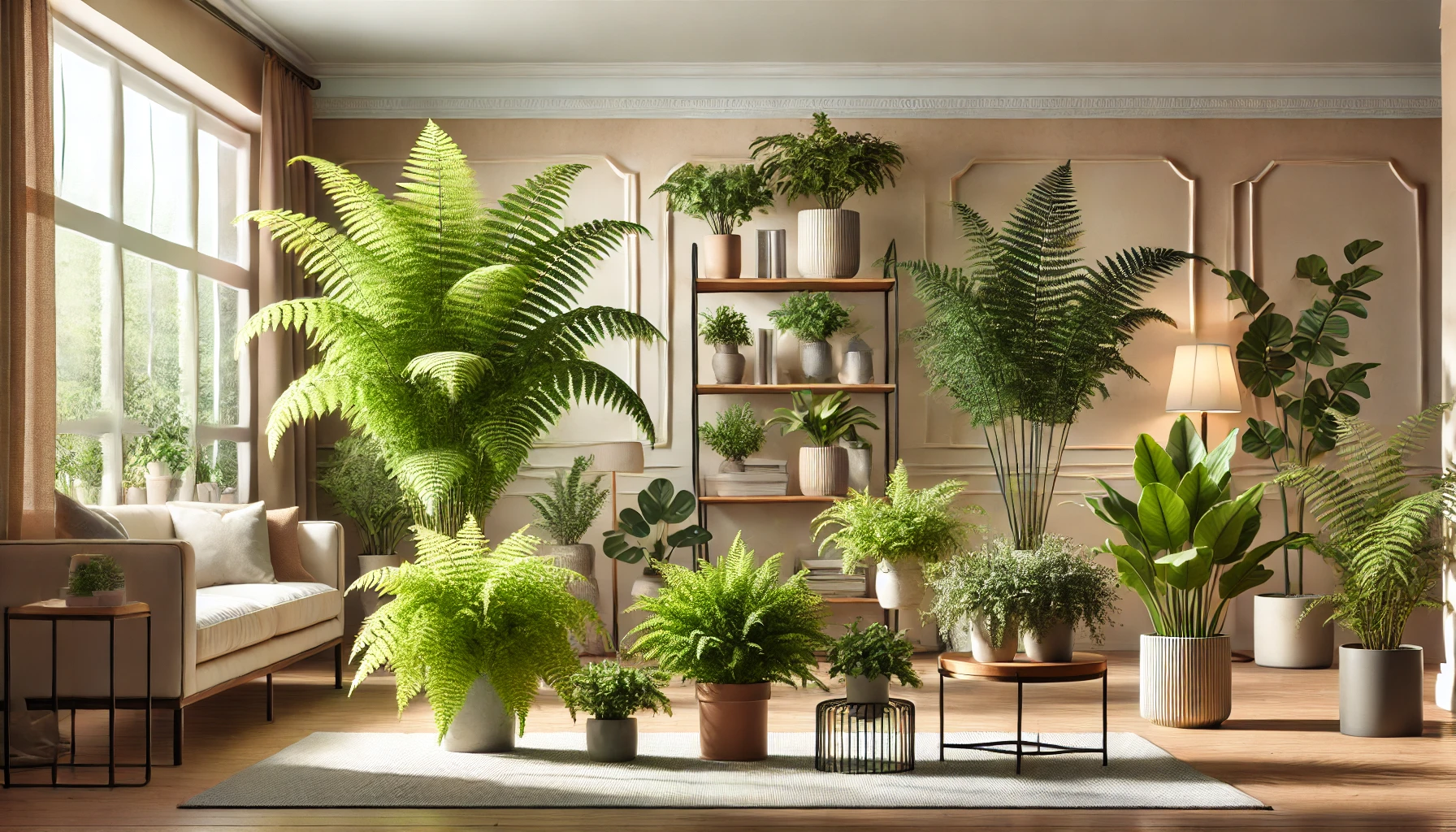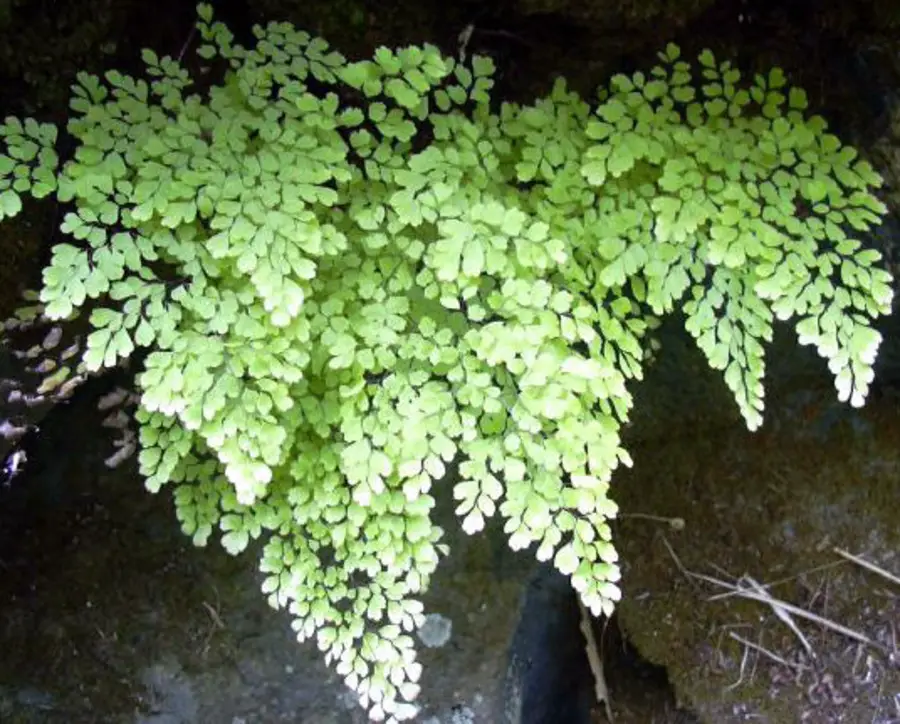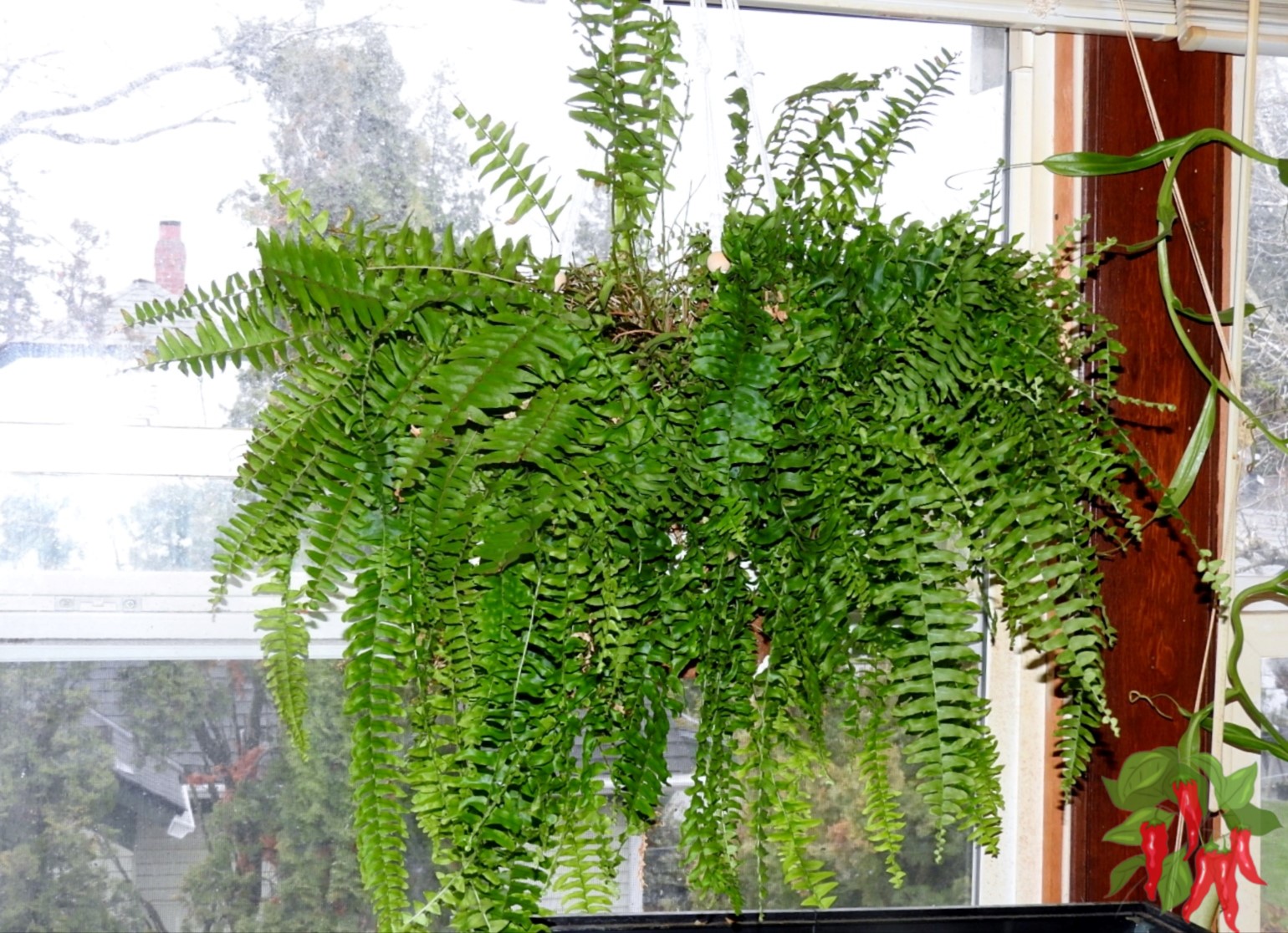This post contains affiliate links. If you buy something from one of our links we may earn a commission. Thanks

How to Identify Plants That Thrive in Direct Sunlight
Learning How to Identify Plants That Thrive in Direct Sunlight is easier than you might think!
Got a sunny windowsill that’s begging for some green companions? Don’t worry – there are plenty of houseplants ready to soak up those rays.
Let’s explore how to spot these indoor sun worshippers and turn your bright spots into thriving mini-gardens!
Plants That Thrive in Direct Sunlight Key Takeaways
- Identifying Plants That Thrive in Direct Sunlight:
- Look for plants with small, thick, or waxy leaves that minimize water loss.
- Check for woody stems and compact growth.
- Consider plants native to deserts, prairies, or Mediterranean climates.
- Read plant labels for “full sun” requirements.
- Popular sun-loving plants include Black-eyed Susans, Salvias, and Junipers.
 Shop Succulents Premium Live Mini Cactus and Succulent Plants in 2″ Pots, Easy Care , Resilient Varieties, Pack of 20
Shop Succulents Premium Live Mini Cactus and Succulent Plants in 2″ Pots, Easy Care , Resilient Varieties, Pack of 20
What is “Direct Sunlight” for Indoor Plants?
When we talk about direct sunlight for indoor plants, we’re typically referring to unobstructed sunlight coming through a window for at least 6 hours a day.
This is usually found near south-facing windows in the Northern Hemisphere, or north-facing windows in the Southern Hemisphere.
It’s the kind of light that creates distinct shadows and feels warm to the touch.
Characteristics of Sun-Loving Indoor Plants
Indoor plants that thrive in direct sunlight often share certain traits:
Sun-loving indoor plants are adapted to thrive in bright, direct light conditions.
These species typically feature thick, waxy leaves to prevent water loss, vibrant foliage or flowers to attract pollinators, and efficient photosynthesis mechanisms.
Understanding their unique characteristics helps plant enthusiasts create optimal environments for these light-hungry botanicals to flourish indoors.
1. Leaf Structure:
• Small leaves: Reduce surface area to minimize water loss
• Thick or waxy leaves: Provide protection against intense sunlight
• Variegated or colorful leaves: Often need more light to maintain their patterns
2. Stem Characteristics:
• Woody or thick stems: Offer support and water storage
• Compact growth: Short spaces between leaves (internodes)
3. Natural Habitats:
Sun-loving indoor plants often originate from:
• Arid regions or deserts
• Mediterranean climates
• High-altitude areas
• Tropical regions with open canopies
Common Sun-Loving Indoor Plant Families
Some plant families are known for their sun-loving members:
1. Cactaceae (Cactus family): Various cacti
2. Euphorbiaceae: Includes many succulents
3. Arecaceae (Palm family): Many indoor palms love bright light
Reading Plant Labels for Indoor Plants
When shopping for indoor plants, look for these indicators on labels:
1. Light Requirement Symbols:
• Full sun: ☀️☀️☀️ or similar symbol
• High light: Usually indicated by text
2. Written Descriptions:
Look for phrases like “bright direct light,” “full sun,” or “thrives in sunny windows”
Assessing Sunlight in Your Home
To ensure you’re providing enough light:
1. Light Meter Apps: Smartphone apps like “Lux Light Meter” can measure light levels
2. Observe Sun Patterns: Track how long direct sunlight hits different areas in your home
Assessing Sunlight in Your Home Using the Hand Shadow Technique:
The hand shadow technique is a simple yet effective method to gauge the intensity of sunlight in different areas of your home.
This quick test involves observing the shadow cast by your hand at various times and locations.
The clarity and darkness of the shadow provide valuable insights into the light levels, helping you determine suitable spots for sun-loving plants.
1. Performing the technique:
- Choose a spot in your home you want to assess.
- Hold your hand about 12 inches (30 cm) away from a white surface or piece of paper.
- Observe the shadow cast by your hand.
2. Interpreting the results:
- Strong, crisp shadow with clear outlines: This indicates bright, direct sunlight. Ideal for sun-loving plants.
- Soft but visible shadow: This suggests bright, indirect light. Suitable for many indoor plants.
- Faint, barely visible shadow: This indicates low light conditions. Better for shade-tolerant plants.
- No visible shadow: This means very low light. Only a few plants can thrive here.
3. Time considerations:
- Repeat this test at different times of the day (morning, noon, afternoon).
- Also perform it during different seasons if possible, as sun angles change throughout the year.
4. Additional factors:
- Consider obstructions like trees or buildings that may affect sunlight at certain times.
- Take note of how long each area receives direct sunlight daily.
This technique helps you map out the light conditions in your home, allowing you to place your sun-loving plants in the most suitable locations for their growth and health.
Popular Sun-Loving Indoor Plants
Here’s a starter list of indoor plants that thrive in direct sunlight:
1. Succulents and Cacti:
• Aloe vera
• Jade plant (Crassula ovata)
• Prickly pear cactus (Opuntia)
 Shop Succulents | Crassula Ovata ‘Jade Plant’, Hand Selected for Health, Size & Readiness, 4″ Pot
Shop Succulents | Crassula Ovata ‘Jade Plant’, Hand Selected for Health, Size & Readiness, 4″ Pot
2. Flowering Plants:
• Hibiscus
• Geranium (Pelargonium)
• Crown of thorns (Euphorbia milii)

Costa Farms Premium Flowering Hibiscus Bush Grower Pot Live Outdoor Plant 36-Inches Tall, Grower’s Choice
3. Foliage Plants:
• Croton (Codiaeum variegatum)
• Ponytail palm (Beaucarnea recurvata)
• Yucca
 Thorsen’s Greenhouse Live Petra Croton Plant, Codiaeum Variegatum, Live Indoor Plant, 6″ Diameter Pot
Thorsen’s Greenhouse Live Petra Croton Plant, Codiaeum Variegatum, Live Indoor Plant, 6″ Diameter Pot
4. Herbs:
• Rosemary
• Basil
• Lavender
 Bonnie Plants Sweet Basil Live Herb Plants – 4 Pack, Warm Season Annual, Italian & Asian Dishes
Bonnie Plants Sweet Basil Live Herb Plants – 4 Pack, Warm Season Annual, Italian & Asian Dishes
Nurturing Sun-Lovers: The Best Soil for Light-Hungry Plants
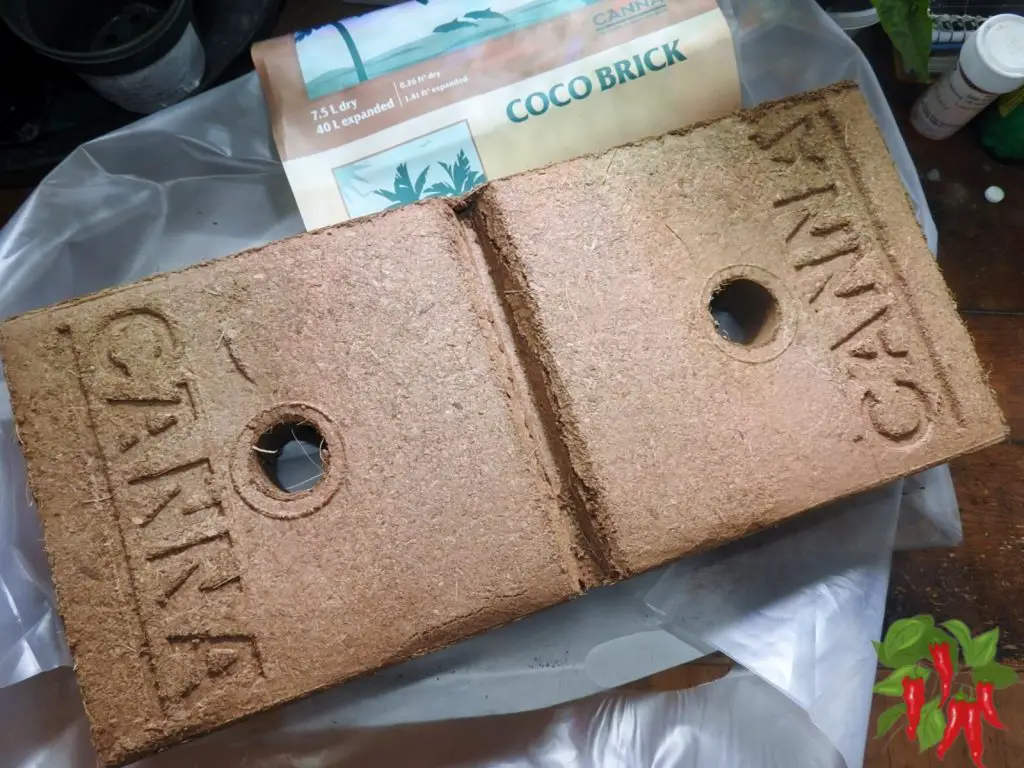
When it comes to helping your sun-loving indoor plants thrive, choosing the right soil is just as important as finding the perfect sunny spot.
While traditional peat-based potting soils have been a go-to for years, there’s a new star in the world of plant parenting: coco coir and perlite mixes.
Let’s dig into why this combination is a game-changer for your sun-worshipping green friends.
Why Soil Matters for Sun-Loving Plants
Sun-loving plants often have specific needs when it comes to their growing medium:
• Quick drainage to prevent waterlogging
• Good water retention to combat rapid evaporation in sunny spots
• Excellent aeration for healthy root development
• pH balance suitable for nutrient uptake
Enter the Coco Coir and Perlite Mix

Canna Coco Brick 40l Expandable Natural Plant Medium Soil Substrate, 40 Liter Expanded – 8 Liter Dry, Reusable
While peat-based potting soils can work, a mix of coco coir and perlite offers several advantages:
1. Superior Drainage and Aeration:
• Coco coir’s fibrous structure allows for excellent water drainage
• Perlite creates air pockets, preventing soil compaction
2. Balanced Water Retention:
• Coco coir holds water well without becoming waterlogged
• Ideal for sun-loving plants that need consistent moisture
3. Sustainability:
• Coco coir is a renewable resource, unlike peat which is harvested from slow-regenerating bogs
• Environmentally friendly choice for eco-conscious gardeners
4. pH Neutral:
• Coco coir is generally pH neutral, making it suitable for a wide range of plants
• Easier to manage than acidic peat-based soils
5. Root Health:
• The structure of coco coir encourages strong root development
• Perlite provides space for roots to grow and access oxygen
6. Pest Resistance:
• Coco coir is naturally resistant to many pests and fungi
• Reduces the need for chemical treatments
Creating Your Own Sun-Lover’s Soil Mix
Here’s a simple recipe for a coco coir and perlite mix:
• 70% coco coir
• 30% perlite
• Optional: Add a small amount of worm castings for natural fertilization
How to Use:
1. Rehydrate the coco coir according to package instructions if using coco bricks
2. Mix thoroughly with perlite (and worm castings if using)
3. Use as you would regular potting soil, ensuring proper drainage holes in your pots
Pro Tips:
• For extremely sun-loving plants like succulents, increase the perlite ratio for even better drainage
• Consider adding a slow-release fertilizer specific to your plant’s needs
• Always moisten the mix before planting to ensure even water distribution
Making the Switch
If you’re transitioning plants from traditional potting soil to a coco coir mix:
1. Gradually introduce the new mix during repotting
2. Monitor your plants closely for the first few weeks
3. Adjust watering as needed – coco coir may retain moisture differently than your old soil
Final Thoughts on Coco Coir
While peat-based potting soils have served gardeners well for years, the coco coir and perlite mix offers a superior growing medium for your sun-loving indoor plants.
It provides the perfect balance of drainage, aeration, and water retention that these light-hungry plants crave. Plus, it’s a more sustainable choice that aligns with eco-friendly gardening practices.
By giving your sun-worshipping plants this optimal growing environment, you’re setting them up for healthy growth, vibrant foliage, and potentially more abundant blooms.
So why not give your indoor sun-lovers the soil they deserve? Your plants (and the planet) will thank you!
Conclusion:
Identifying indoor plants that thrive in direct sunlight opens up exciting possibilities for your sunniest spots.
By understanding their characteristics and needs, you can create stunning indoor gardens that make the most of your bright spaces.
Direct Sunlight Plants Key Takeaways
• Look for plants with small, thick, or waxy leaves
• Consider plants native to arid or Mediterranean climates
• Read plant labels for “full sun” or “bright direct light” requirements
• Assess the duration and intensity of sunlight in your home
• Remember that even sun-loving plants may need protection from intense afternoon sun
• Rotate plants regularly to ensure even growth
• Be mindful of increased watering needs for plants in direct sunlight
• Consider the mature size of plants when choosing sunny spots
• Experiment with different plants to find what works best in your specific environment
• Don’t forget about humidity – many sun-loving plants still appreciate moist air
By applying these principles and continuing to observe and learn, you’ll be well on your way to creating a thriving indoor oasis of sun-loving plants. Happy indoor gardening!
☀️ Direct Sunlight Plant Guides
Love bright, sunny spots? These expert guides on direct sunlight plants will help you choose, grow, and care for sun-loving houseplants with ease!
- 🌿 Best Direct Sunlight Plants (Pillar Guide)
- 🔍 How to Identify Plants That Thrive in Direct Sunlight
- 🪴 Container Gardening for Sun-Exposed Balconies and Patios
- ⚠️ Common Problems and Solutions for Plants in High-Light Environments
- 🌴 How to Care for Ponytail Palm
- ✨ Essential Care Tips for Sun-Loving Plants
- See all articles in our Direct Sunlight Plants category
Related Content
Visit my Amazon Influencer Page for videos and gardening products Grow Your Own Garden

